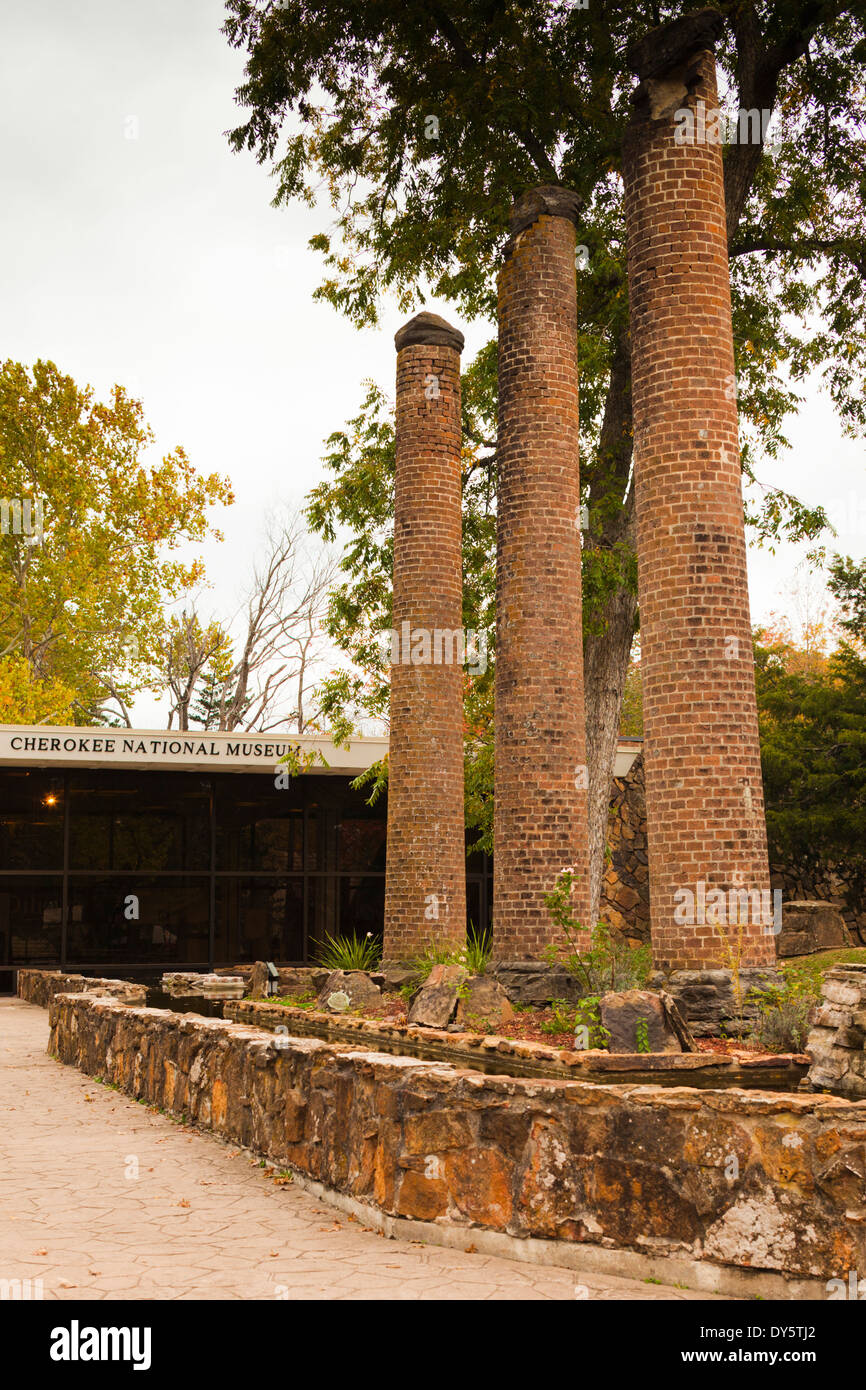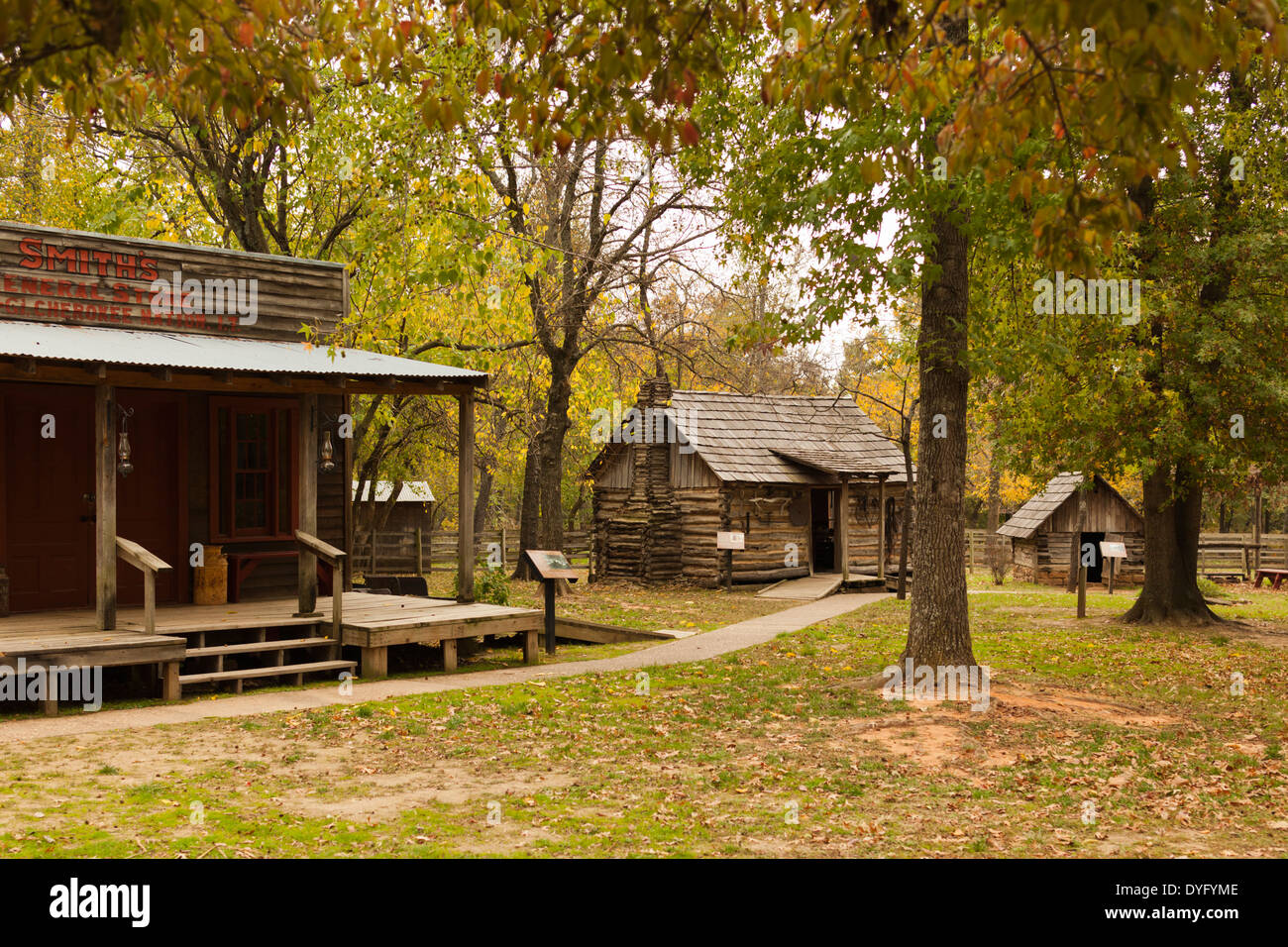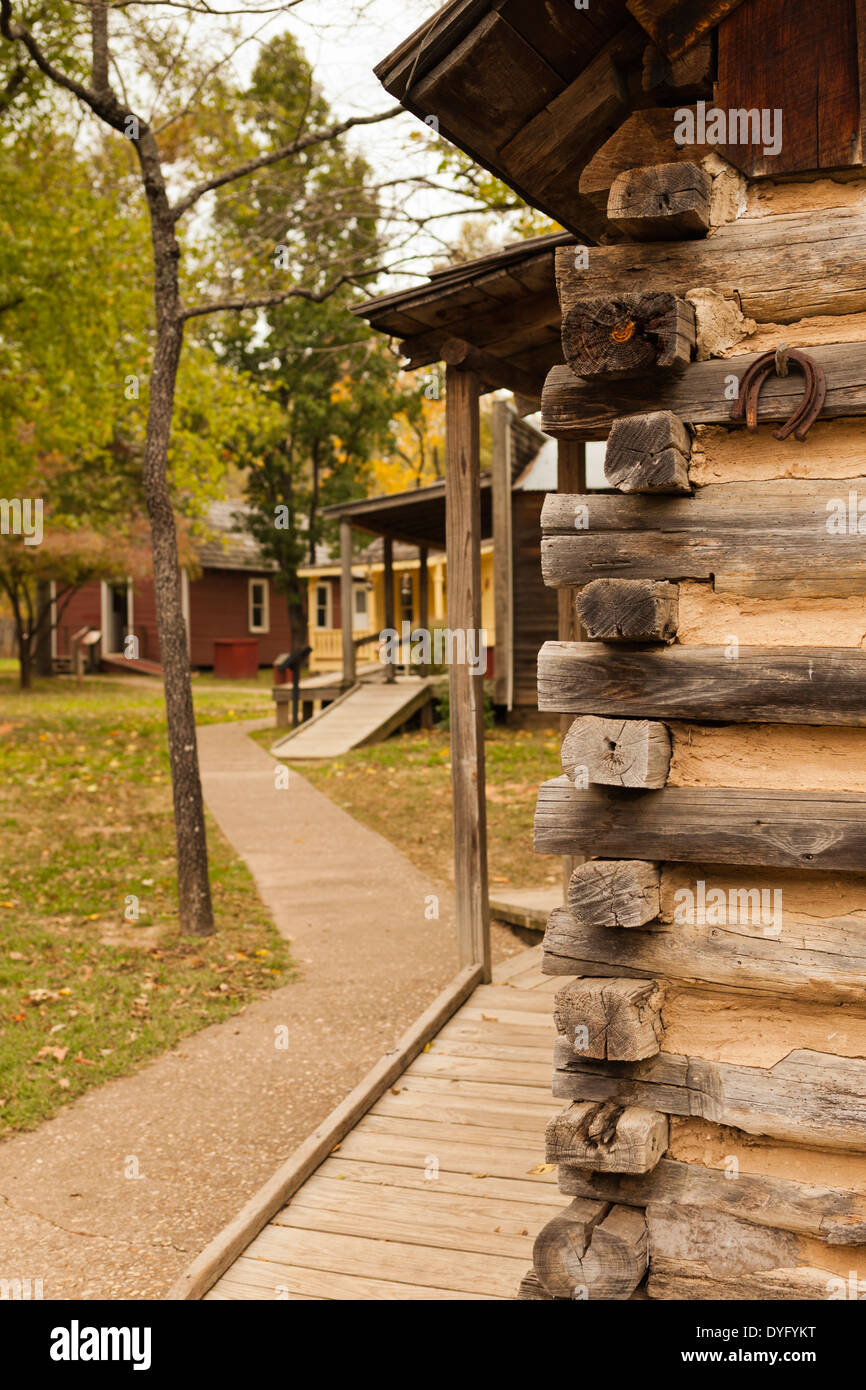
Echoes of Resilience: Oklahoma’s Cherokee Heritage Centers as Beacons of Identity and Education
In the rolling hills and verdant valleys of northeastern Oklahoma, where the Arkansas and Grand Rivers converge, lies the vibrant heart of the Cherokee Nation. Far from being a relic of the past, this sovereign nation thrives, fiercely protective of its heritage and determined to forge a future deeply rooted in its ancestral wisdom. At the forefront of this enduring commitment are the Cherokee Nation’s heritage centers – a network of museums, historical sites, and cultural institutions that serve not merely as repositories of artifacts, but as living classrooms, vibrant performance spaces, and powerful testaments to the resilience, ingenuity, and spirit of the Cherokee people.
These centers are more than just tourist attractions; they are critical bastions against cultural erosion, vital educational resources, and profound sources of identity for Cherokees and a bridge of understanding for the wider world. From the solemn halls commemorating the Trail of Tears to the bustling workshops where ancient crafts are revitalized, each center offers a unique window into a narrative that spans millennia, marked by both profound tragedy and extraordinary triumph.
A Tapestry of History: The Cherokee National History Museum
Perhaps the most comprehensive starting point for understanding the Cherokee Nation’s journey is the Cherokee National History Museum, housed within the historic Supreme Court building in Tahlequah, the capital of the Cherokee Nation. This imposing brick structure, built in 1869, stands as a symbol of the Cherokee people’s commitment to self-governance and the rule of law, even after the devastating forced removal from their ancestral lands in the Southeast.
The museum’s exhibits meticulously chronicle the Cherokee story, beginning with their deep roots in the Appalachian Mountains, tracing their sophisticated governmental structures, and highlighting their early adoption of European-American practices like written constitutions and newspaper publishing (the Cherokee Phoenix, established in 1828, was the first newspaper published by Native Americans in the United States, featuring articles in both English and Sequoyah’s syllabary).

The narrative then shifts to the dark chapter of the Trail of Tears, the forced removal of the Cherokee and other Southeastern tribes in 1838-1839, which resulted in the deaths of thousands. The museum does not shy away from this painful history, offering poignant displays that convey the human cost of this federal policy. Artifacts like simple household items, tattered clothing, and personal letters serve as powerful reminders of the journey. A Cherokee elder, Agnes Owl, once remarked, "Our stories are not just history; they are part of who we are. These centers ensure that the tears and triumphs of our ancestors are never forgotten, but learned from."
However, the museum also emphasizes the remarkable resilience that followed. It showcases the rebuilding of the Cherokee Nation in Indian Territory (present-day Oklahoma), the establishment of new towns, schools, and governmental institutions, and the continued fight for sovereignty that persists to this day. Visitors leave with a profound appreciation for the Cherokee people’s ability to adapt, innovate, and thrive despite immense adversity.
Preserving the Written Word: The Cherokee National Research Center
Adjacent to the museum, the Cherokee National Research Center serves as the intellectual heart of the Nation’s preservation efforts. This state-of-the-art facility houses an unparalleled collection of archival materials, including historic documents, photographs, genealogical records, and oral histories. It is a vital resource for scholars, genealogists, and Cherokee citizens seeking to connect with their past.
"The Research Center is more than just a library; it’s a living archive of our people’s journey," explains a research librarian. "Here, descendants can trace their lineage back generations, scholars can uncover new insights into our history, and our own citizens can deepen their understanding of their identity. Every document, every photograph, tells a piece of our collective story." The center is particularly invaluable for those tracing their family back to the Dawes Rolls, the controversial federal census that determined tribal membership at the turn of the 20th century, which many Cherokees use today to prove their heritage.
The Genius of Sequoyah: Sequoyah’s Cabin Museum
A short drive from Tahlequah, near Sallisaw, stands the Sequoyah’s Cabin Museum, a testament to one of the most remarkable intellectual achievements in human history. The log cabin, built by Sequoyah himself around 1829, is preserved under a stone edifice and stands as a National Historic Landmark. It was here that Sequoyah, a Cherokee silversmith who spoke no English, single-handedly developed a written syllabary for the Cherokee language in 1821.
This revolutionary system, consisting of 85 characters, allowed the Cherokee people to become literate in their own language within a matter of years, often in mere weeks. It was an unprecedented feat, transforming the Cherokee Nation into one of the most literate societies in the world at the time. The cabin offers a glimpse into Sequoyah’s life and the profound impact of his invention. Visitors can see the simple tools he used and imagine the intellectual fervor that led to his monumental creation. The syllabary’s impact reverberates today, as the Cherokee Nation actively promotes its use through language immersion programs and educational materials, combating the decline of native speakers.
A Living Culture: The Cherokee Arts & Culture Center and Diligwa Village

While history museums chronicle the past, other centers bring Cherokee culture to life. The Cherokee Arts & Culture Center, often showcasing the works of contemporary Cherokee artists, provides a vibrant space for traditional and modern expressions. Here, visitors can witness demonstrations of ancient crafts like basket weaving, pottery, and beadwork, or attend workshops to learn these skills themselves. It’s a place where the hands of today connect directly with the wisdom of generations past. The Spider Gallery, often associated with such centers, highlights the rich symbolism and storytelling embedded in Cherokee art, from intricate finger-weaving to powerful contemporary paintings.
Further immersing visitors in ancient lifeways is Diligwa, the 1710 Cherokee Village. This living history exhibit, located near Tahlequah, recreates a typical Cherokee village from the early 18th century, before significant European influence. Here, interpreters in period attire demonstrate traditional skills such as flint knapping, basket weaving, pottery making, and blowgun construction. Visitors can explore accurate reproductions of Cherokee homes, a ceremonial stomp dance ground, and agricultural fields. It’s an interactive experience that transports visitors back in time, allowing them to understand the daily rhythms, social structures, and spiritual beliefs of their ancestors. "Stepping into Diligwa is like stepping into a time machine," remarked a young visitor. "You don’t just read about history; you feel it, smell it, hear it. It makes being Cherokee feel so real and immediate."
Government and Sovereignty: The Cherokee National Capitol and Supreme Court Buildings
The historic Cherokee National Capitol Building, a grand brick structure completed in 1869, stands proudly in Tahlequah. It served as the seat of the Cherokee Nation’s government for decades and symbolizes their enduring commitment to self-governance. Today, it houses exhibits on Cherokee government and law, showcasing the Nation’s sophisticated political system that predates many European democracies. Nearby, the Cherokee National Supreme Court Museum (distinct from the current Supreme Court building), also built in 1869, provides insights into the Cherokee legal system, which blended traditional law with elements of Anglo-American jurisprudence. These buildings are not just architectural marvels but powerful symbols of a sovereign nation’s ability to maintain its identity and governance against incredible odds.
Beyond the Buildings: Education and Revitalization
The impact of these heritage centers extends far beyond their physical walls. They are integral to the Cherokee Nation’s broader efforts in language revitalization, cultural education, and community engagement. Through school programs, summer camps, and public workshops, they instill pride in young Cherokees and foster a deeper understanding of their identity. They serve as gathering places for elders to share stories and knowledge, ensuring that oral traditions continue to thrive.
The Cherokee Nation’s commitment to its heritage centers reflects a profound understanding that culture is not static, but a living, breathing entity that requires constant nurturing and adaptation. "These centers are more than just buildings; they are dynamic spaces where our past informs our present and shapes our future," says a spokesperson for the Cherokee Nation. "They are where our children learn who they are, where our stories are told, and where the spirit of the Cherokee people continues to shine brightly."
In a world grappling with questions of identity and belonging, Oklahoma’s Cherokee heritage centers stand as powerful beacons. They are places of remembrance, education, and celebration – living testaments to the resilience of a people who, despite unimaginable challenges, have preserved their language, their traditions, and their unwavering spirit for generations. They remind us that history is not just a collection of facts, but a vibrant, ongoing narrative that continues to shape the present and inspire the future.


